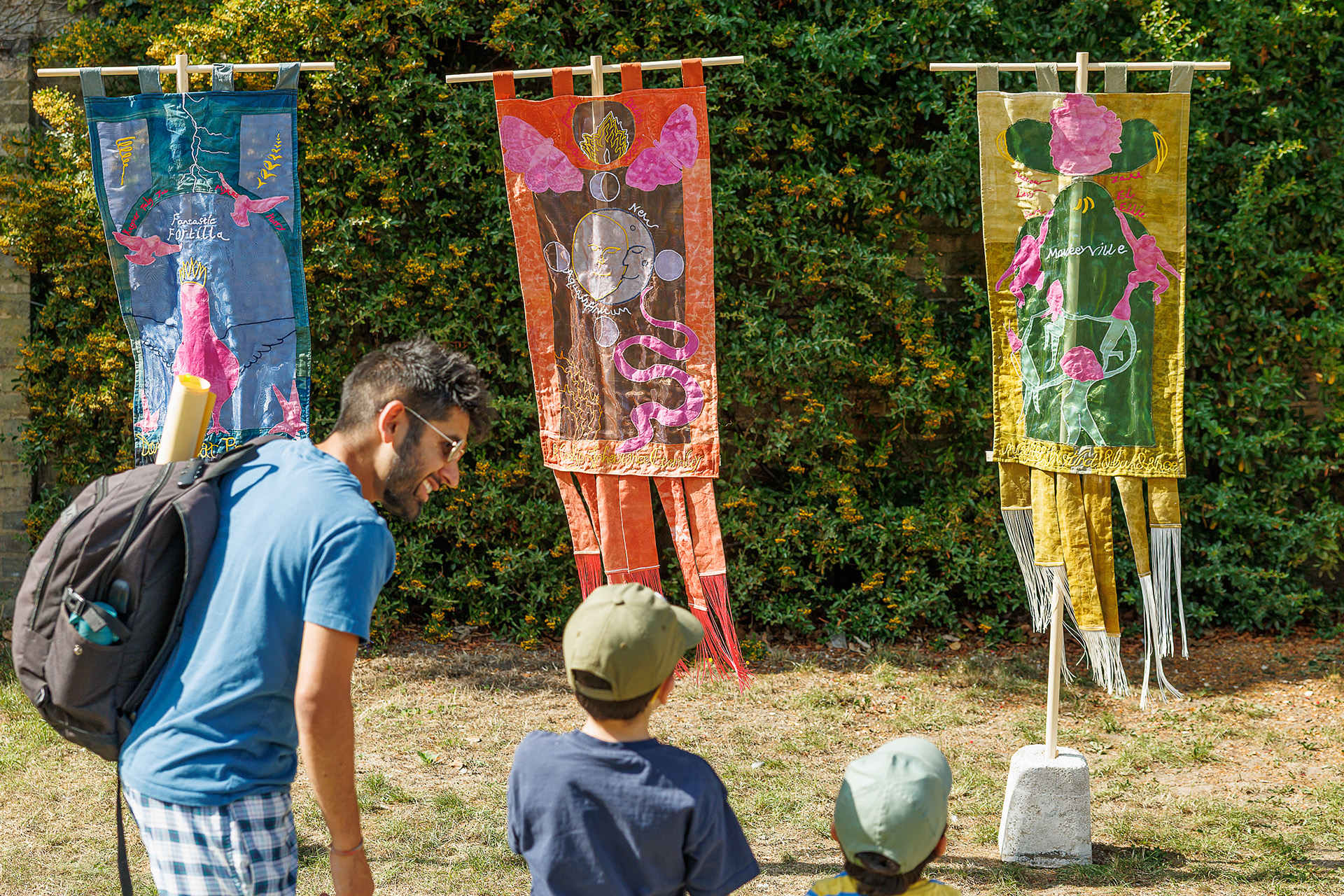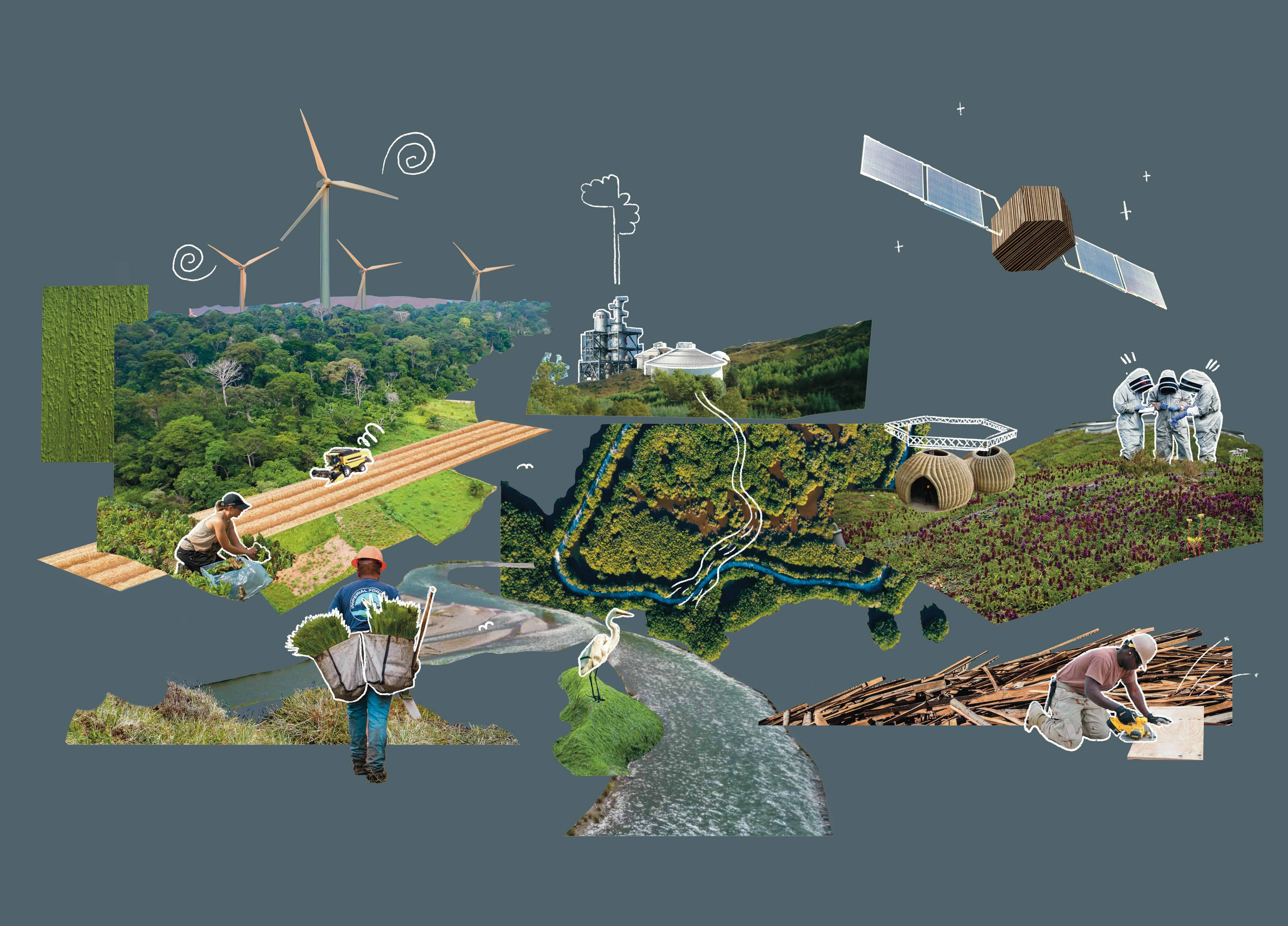The challenge
How might people be vulnerable to energy shocks in the future?
Scottish and Southern Electricity Networks (SSEN) asked us to explore how people might live, use and relate to electricity differently in the future - and how they might be vulnerable in new ways when their electricity networks go wrong.
Every five years there is a nation-wide process that determines how much each electricity network operator will invest in infrastructure upgrades in different parts of the country. Unfortunately, this prioritisation process is primarily based on predicted electricity usage - meaning the fastest electrifying (and wealthiest) regions are prioritised.
The UKRI funded project looked to innovate an alternative metric of where to focus infrastructure investment, based on likely vulnerability rather than simply on electricity usage. Because we hope this metric will influence investment for tens of years, we first had to explore how people might be vulnerable in different ways in the future.



%207.jpg)
%208.jpg)
%203.jpg)
%204.jpg)
%205.jpg)
%206.jpg)
.jpg)
%202.jpg)


